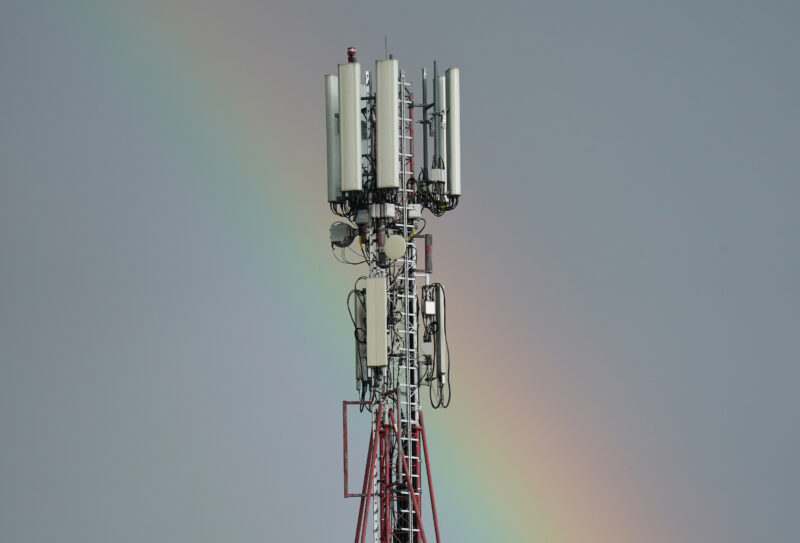The Federal Aviation Administration on Tuesday illustrated flight limitations that will produce results in January when another 5G remote help makes its presentation, even as controllers work with telecom and aviation organizations to stay away from U.S. air traffic disturbances.
Verizon and AT&T are trusting new areas of C-band cell radio range will assist with making the 5G publicity nearer to the real world, yet the large mid-band 5G rollout may have an incidental effect. Planes depend on radio altimeters to tell how high they are over the ground to securely land when pilots can’t see, and the FAA is presently educating 6,834 of them to not do that at specific air terminals on account of 5G obstruction.
The FAA request relates to a sort of 5G scheduled to go live Jan. 5. It would limit pilots from working programmed landing and other cockpit frameworks normally utilized in helpless climate, to stay away from conceivable obstruction from 5G in the range known as the C-band.
The FAA decided on Tuesday that those a huge number of US planes (and a few helicopters) will not have the option to utilize a considerable lot of the directed and programmed landing frameworks that are intended to work in helpless perceivability conditions, in case they’re arriving at an air terminal where there’s considered to be sufficient obstruction that their altimeters aren’t dependable.
“Arrivals during times of low perceivability could be restricted because of worries that the 5G transmission could meddle with the exactness of a plane’s radio altimeter, without different alleviations set up,” a FAA representative said.
That probably implies flight delays: “These limits could forestall dispatch of trips to specific areas with low perceivability, and could likewise bring about flight redirections,” peruses a part of the FAA’s composed clarification.
“We are locked in with the remote administrators, just as our interagency accomplices, to do all that could be within reach to ensure the alleviations are custom fitted to forestall interruptions,” a FAA representative tells us.
The FAA administering gives aircrafts and pilots an out assuming they can demonstrate their planes have altimeters that are ensured or are generally not going to be impacted by impedance. No carrier would remark on anticipated deferrals, nor would the Airlines for America industry bunch that the aircrafts guided us toward.
It’s not yet clear which explicit air terminals may confine low perceivability flight, however you can envision that they’d probably be in similar spots where the transporters are sending mid-band 5G with a couple of exemptions, they’re the United States’ most-populated urban communities.
Verizon and AT&T consented to push back the dispatch of C-band by one month (to January 2022), and furthermore proposed to tone down the force of 5G pinnacles for quite a long time past that to address concerns. Transporters and their campaigning bunch, the CTIA, have proposed that there is certifiably not a legitimate motivation to fear impedance, however the FAA has up until this point not been persuaded.
Nor was a flying campaigning bunch, the Aerospace Industries Association, which sent a letter to the FCC on Monday recommending that AT&T and Verizon’s proposed power limits don’t go far enough for security. The FCC, not the FAA, is the substance that directs remote impedance.
Martin Torres has more than 8 years of experience in essay, poet and article writing. he has working with served in the press media of New york. he developed his own news webite to analyze the effects of world situation. Now he working at the Insure Field .
Disclaimer: The views, suggestions, and opinions expressed here are the sole responsibility of the experts. No Insure Fied journalist was involved in the writing and production of this article.




